I love me some fresh carrots. But I also looove a well-stocked, long-term food storage pantry.
And let me tell you, dried carrots are a staple for that! They take up so much less space than cans, and I can use them in so many recipes.
So today is all about learning how to dehydrate carrots so you can add them to your stockpile.
Let’s get started!
How to Dry Carrots in a Dehydrator
Although you don’t have to use a dehydrator to dry your carrots, it certainly makes the process super easy.
Using a dehydrator also preserves the color and the nutrients extremely well. Since dried carrots are extremely versatile, it’s nice to always have some on hand for use throughout the year.
Prices pulled from the Amazon Product Advertising API on:
Product prices and availability are accurate as of the date/time indicated and are subject to change. Any price and availability information displayed on [relevant Amazon Site(s), as applicable] at the time of purchase will apply to the purchase of this product.
Start by cleaning the carrots and removing the ends. You can just discard them, but if you have chickens, they LOVE carrot ends – at least mine do 🙂
Make sure to clean the carrots thoroughly with a vegetable brush if you have one. Even though you may prefer to peel them, you should still wash them beforehand.
The next step is peeling. It’s not absolutely necessary, but the peel tends to be bitter so most people prefer to use this step.
Slice the carrots crosswise into circles about 1/4 inch thick. If they’re thinner then this, they may fall through the holes in your dehydrator trays as they lose their water weight.
Thicker slices extend the drying time, so about 1/4 of an inch strikes a good balance.
Using a steamer, blanch the carrots for two minutes. You can skip this step as well, but it’s a way to preserve the color and also make it easier to rehydrate them.
After the two minutes is up, soak the carrots in ice water until they’re no longer warm. Arrange on your dehydrator trays, ensuring none of the pieces are touching.
Finally, set the temperature on the dehydrator to 125 F. Start running and continue until the pieces are completely dry. They should feel leathery or crispy, although crispy is best.
Expect this process to take 6-10 hours, although it may be longer in humid climates. I’ve let mine run 2 days before!
Let the carrots cool completely before removing and then store in containers away from direct heat and sunlight.
FREE FOOD STORAGE PLAN!
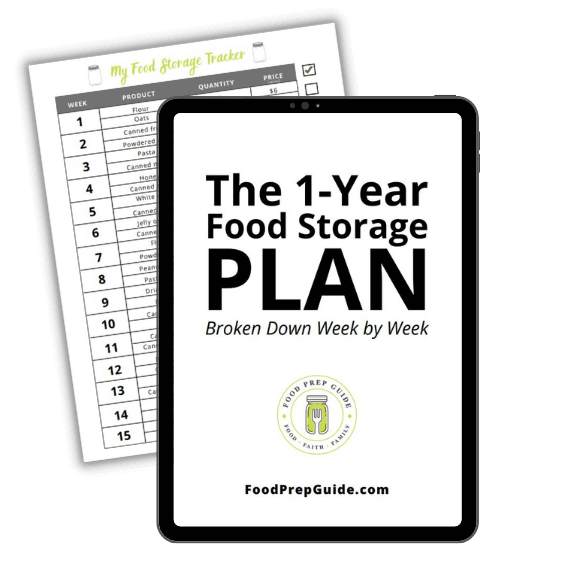
Does gathering and storing a year’s worth of food for your family seem overwhelming and unachievable?
Make it easy with our step-by-step plan. Subscribe to our weekly newsletter & we’ll send it to you FREE!
Do Carrots Have to Be Blanched First?
The simple answer to this question is no. Carrots will not be dangerous or harmful when dried without blanching first.
Blanching isn’t a bad idea though. It’ll kill any bacteria or fungus that may be present but unseen.
Also, as previously mentioned, blanching helps carrots reconstitute faster. Unblanched carrots will still rehydrate well, but it’ll take longer.
Finally, blanching carrots helps them retain their color so they’re more visually appealing come cooking time.
How Long Should I Dehydrate Carrots?
The amount of time that you need to dry your carrots completely is going to depend on the weather conditions and the thickness of your carrot slices.
In a traditional dehydrator, about 6-10 hours is typical. It’s okay if they’re still not done at the 10 hour point – just let them run longer, checking every hour or so for doneness.
How to Dry Carrots in the Sun
Sun drying foods is the oldest method of food preservation. It was used as an alternative to canning or freezing centuries ago.
And still today, many people who don’t have a dehydrator – or an oven in some instances – prefer to sun dry their fruits and vegetables.
Sun drying is a little more of a picky process and can only be done when the weather is dry and hot. As such, the Southwestern states are best suited for this method.
You’ll follow the same basic steps as mentioned above when it comes to prepping except you’ll need to have some drying racks like these:
Prices pulled from the Amazon Product Advertising API on:
Product prices and availability are accurate as of the date/time indicated and are subject to change. Any price and availability information displayed on [relevant Amazon Site(s), as applicable] at the time of purchase will apply to the purchase of this product.
Place carrots in a single layer, then put in a warm dry place that has direct sunlight. Avoid any area that’s near dust and insects. It’s not a bad idea to put netting around the racks to protect them. I actually like enclosed air dehydrators like these to keep pests and dirt out:
Turn the carrots daily and bring them in each night to keep them from rehydrating with the morning dew. If you get to day two and it’s showing no signs of drying properly, you can use a small fan to promote air circulation.
But be aware it can take anywhere from a few days up to a week to fully dry.
How to Dry Carrots in the Oven
Probably one of the fastest methods to dry carrots is by using your oven. However, this method does require an oven that runs at a very low temperature. And the risk of burning or over-drying is higher with this method.
You’ll go through much of the same process as other preparation methods. Blanch the carrots for two minutes after chopping then soak in ice water.
Next, set a rack up in a baking dish and place a clear screen on top of the rack. Arrange the carrot slices so that they’re spaced slightly apart and not touching.
Set your oven to 125F if possible. Some ovens don’t go lower than 150 F. If your oven won’t reach the lowest desired temperature, then your next best option is to prop the door open with the handle of a wooden spoon or similar object.
If you don’t, you’re more likely to roast the carrots than dry them.
Anyways, they should dry within 6-8 hours. Once done, remove the carrots, let them cool completely, then transfer to airtight containers.
I personally store mine in mason jars and use this vacuum sealer jar attachment to remove the oxygen and get a good seal:
Prices pulled from the Amazon Product Advertising API on:
Product prices and availability are accurate as of the date/time indicated and are subject to change. Any price and availability information displayed on [relevant Amazon Site(s), as applicable] at the time of purchase will apply to the purchase of this product.
How to Use Dehydrated Carrots
Most recipes that use cooked carrots can use dehydrated carrots. You’ll just want to rehydrate them before using for best results.
You can use them in casseroles, pasta sauces, stews, salads, stuffing, and more.
If using dried carrots in recipes such as carrot cake or other breads, you might want to shred them before dehydrating. If you didn’t do that beforehand and already have sliced or chunked dried carrots, then just run them through a food processor before rehydrating and using.
You may want to do this for pasta sauces, too.
But for crockpot soups and stews or any other slow-cook method that involves a lot of liquid, you can add dehydrated carrots directly to the pot without reconstituting first. Just add more liquid (like broth or tomato soup) than the recipe calls for to compensate for it.
You can also run dried carrots through a food processor and make carrot powder, which you can then mix into practically anything for added nutrients.
How to Cook with Dried Carrots
To rehydrate carrots for most recipes, you’ll need to boil them in hot water. A cup of dried carrots will rehydrate to two cups of rehydrated carrots.
To increase their moisture content, cover the carrots with boiling water and then soak for 30-40 minutes.
Drain any excess water and then use as you would fresh carrots.
In general, you’ll need about two cups of water for every one cup of dried carrots.
Frequently Asked Questions
How do you dehydrate carrots in the microwave?
Using the same preparation methods as above, you can also dehydrate them in the microwave. Place the carrots on wax sheets and use the microwave’s defrost setting. Check them after a few minutes and continue to microwave longer if not dried.
Personally, I don’t recommend this method of drying because you lose a lot of nutrients this way.
Can carrots be freeze dried?
Yes, freeze drying carrots is also a good option. You may not have a freeze dryer handy but if you do, this is a quick and efficient way to dry carrots. The investment can be well worth it if you plan on prepping a lot of food for long-term, shelf-stable storage.
Can you dry baby carrots?
Yes, you can dry baby carrots just as you would regular – no special treatment necessary!
How do you get moisture out of carrots?
Heat is the primary way to get the moisture out of any fruit or vegetable. Applying low heat at a steady rate evaporates the moisture out of the carrots, allowing them to dry efficiently.
If you’re working with fresh carrots and want to keep them from going limpy, check out my tips for storing carrots properly.
What else can you do with dried carrots?
Some people like to slice them really thin and enjoy like chips! They’re also an easy way to “hide” vegetables in food for picky eaters. I actually like to bulk up my ground beef with dehydrated carrots, onions, and zucchini.
It may sound a little weird, but it really doesn’t change the taste all that much adds lots of nutrition.


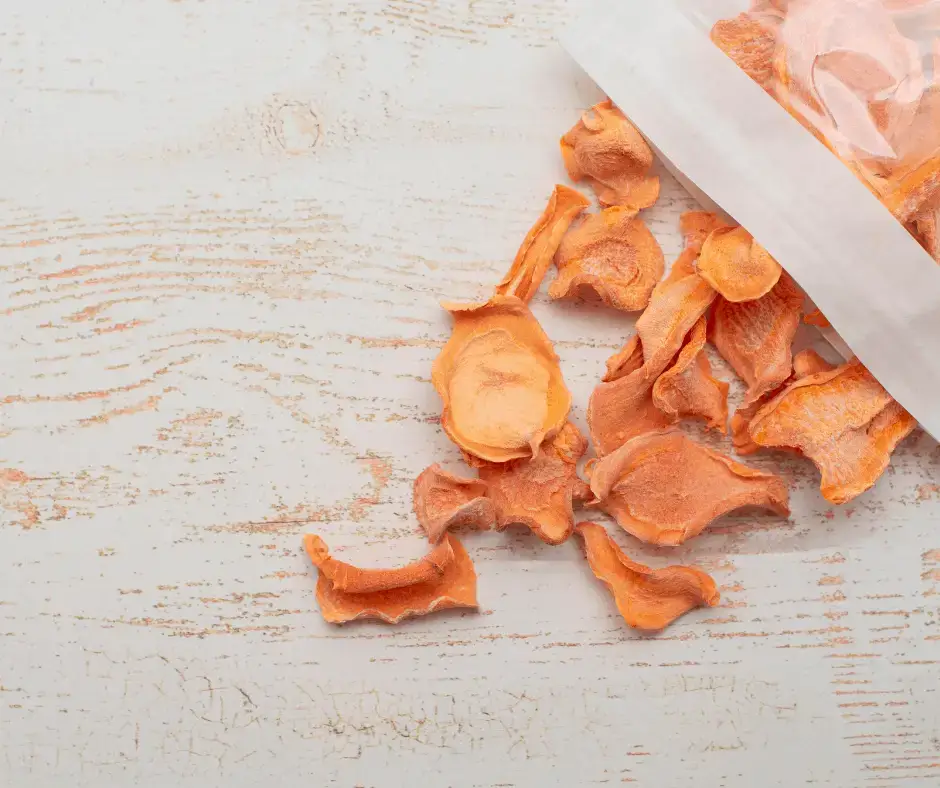


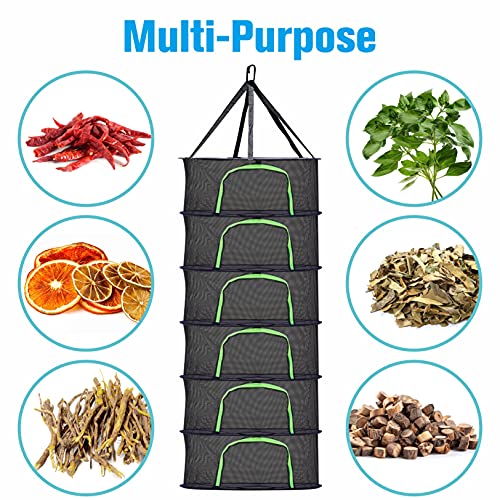



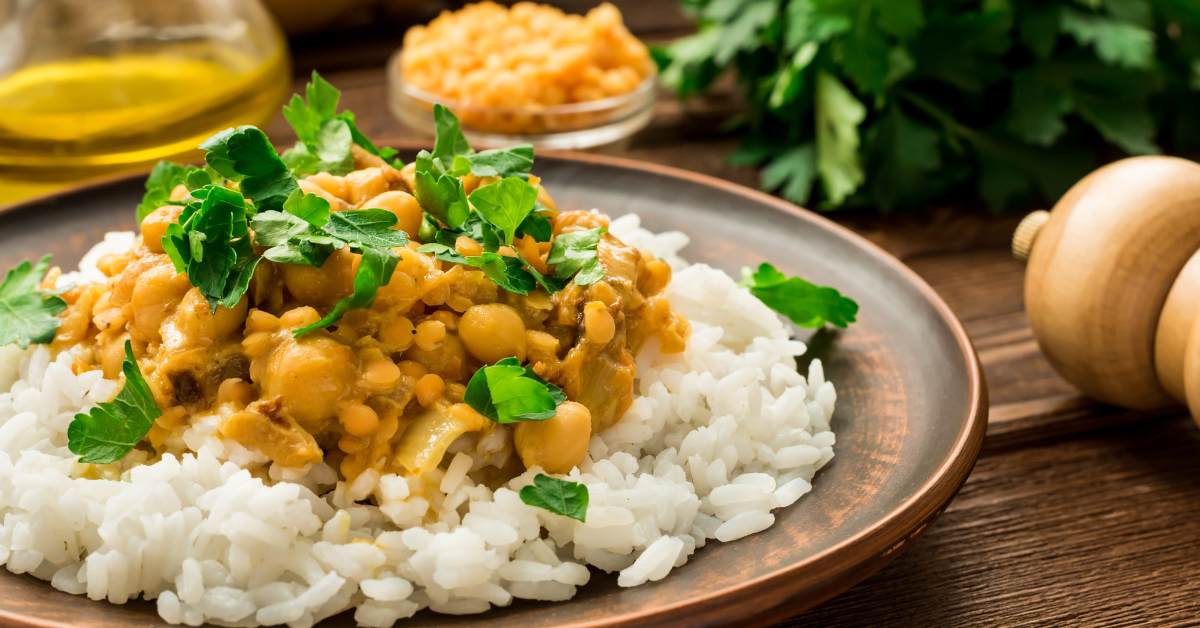
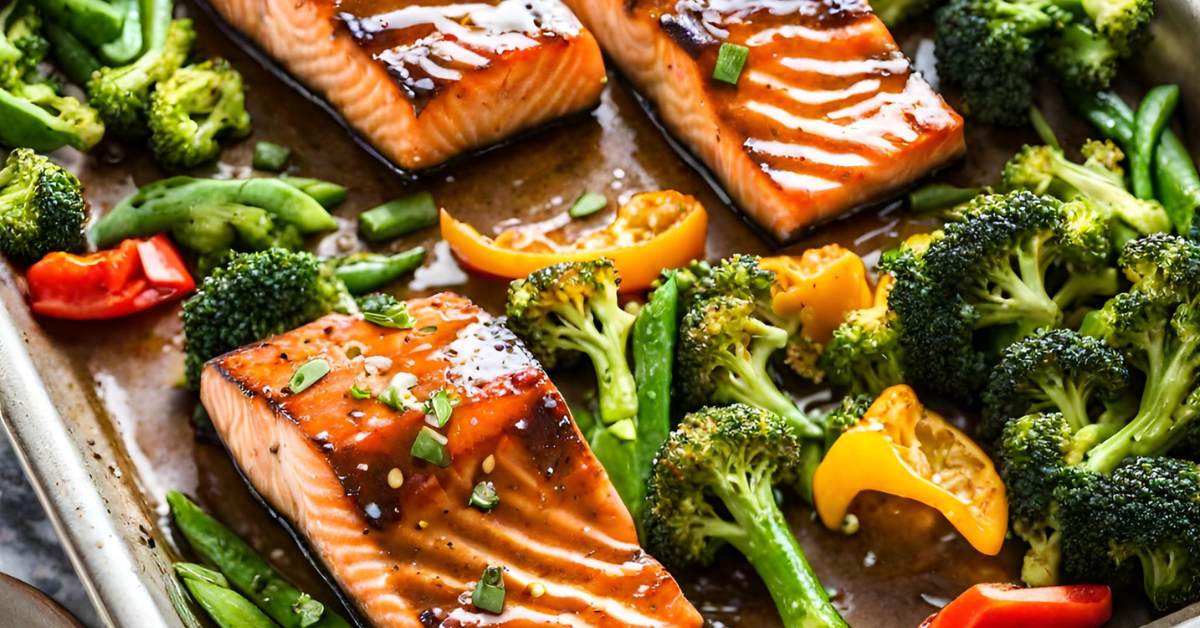
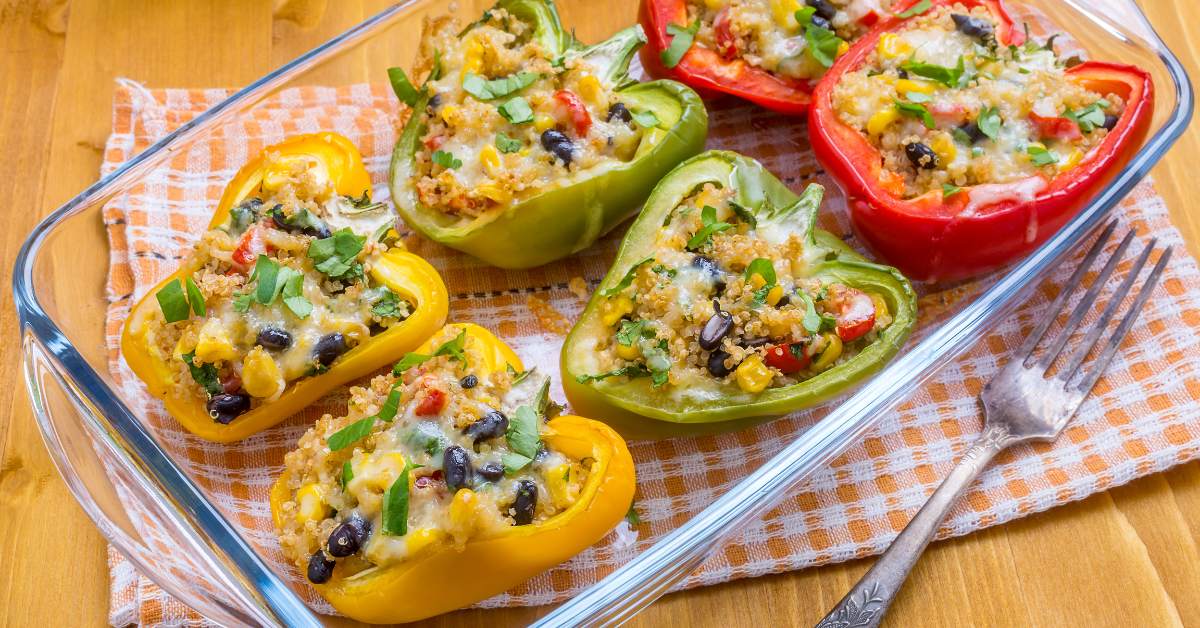

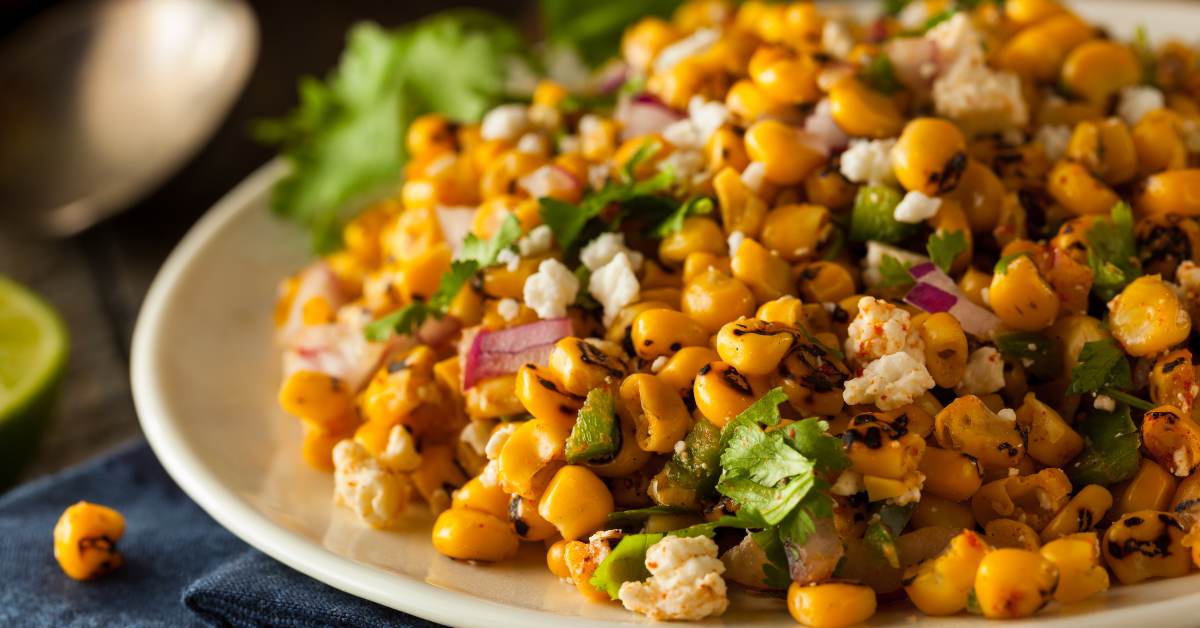
So when you say throw an oxygen absorber on top in a sealed jar. What is a sealed jar? Does this mean pressure sealed! Boiled sealed? Or simply screw on the lid portion?
Just simply screw on the lid portion 🙂 With dehydrated food, there’s no canning involved so no pressure or water bath needed.